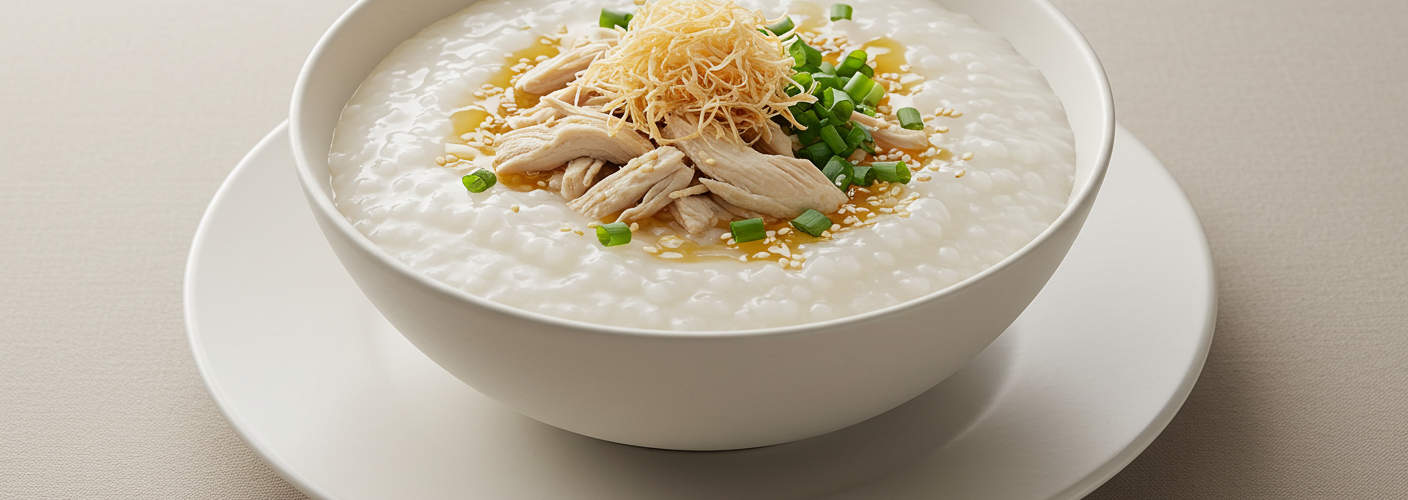Congee is much more than just a simple dish; it is a comforting rice porridge that has captivated the taste buds of people across Asia and beyond for centuries. With its creamy texture and versatility, congee serves as a staple in many households, providing warmth and nourishment to both body and soul. This article will delve into the charm of congee, its cultural significance, and explore the many variations that make it a beloved comfort food.
At its core, congee is made by simmering rice in a generous amount of water or broth over a long period, resulting in a thick, porridge-like consistency. The process softens the grains and allows them to release their starch, creating a creamy base that can be modified to suit any palate. Traditionally prepared for breakfast, congee can also be enjoyed at any time of day, providing comfort during illness or simply as a satisfying meal.
The origins of congee are said to date back thousands of years, with various cultures developing their unique versions. In China, congee is known as “zhou” and is often enjoyed with a variety of toppings that can range from pickled vegetables, century eggs, and scallions to more elaborate options such as shredded chicken or pork. Each region boasts its signature style, such as the sweetened variations served in southern China that may include ingredients like mango or red bean.
The beauty of congee lies in its adaptability. Rice porridge can be sweet or savory, making it a versatile dish suitable for any time of the day. For a comforting breakfast, a drizzle of honey or maple syrup with a sprinkle of cinnamon can transform it into a warm, inviting start to the day. Alternatively, a savory bowl can be enriched with soy sauce, sesame oil, and a medley of vegetables, making it a nourishing lunch or dinner option.
In addition to its deliciousness, congee holds a place of cultural significance. In many Asian cultures, it is often served to those who are unwell, reinforcing its reputation as a healing food. The gentle ingredients and ease of digestion make it ideal for convalescence. It also plays a role in family gatherings, where bowls of congee often form the centerpiece of communal meals, promoting sharing and togetherness.
Making congee is a simple process but requires patience. The basic recipe involves rinsing the rice and then combining it with water or broth in a pot. The mixture is brought to a boil and then simmered until the rice breaks down into a creamy consistency. For those looking to save time, a slow cooker or Instant Pot can be used to prepare congee effortlessly.
Topping choices are where the fun truly begins. From protein-packed options like shredded meat or tofu to aromatic herbs and tangy sauces, one can customize each bowl to suit their taste. The interplay of flavors and textures helps keep the dish exciting and allows for endless culinary creativity.
In conclusion, congee is more than just a humble rice porridge; it is a dish that brings people together, providing warmth and comfort through its simplicity. Whether you enjoy it sweet or savory, on a cold morning or as a soothing remedy, congee is a delightful reminder of the beauty of uncomplicated, nourishing food. So, the next time you’re in need of comfort, consider reaching for a bowl of congee — it might just be the cure you need.




Add comment